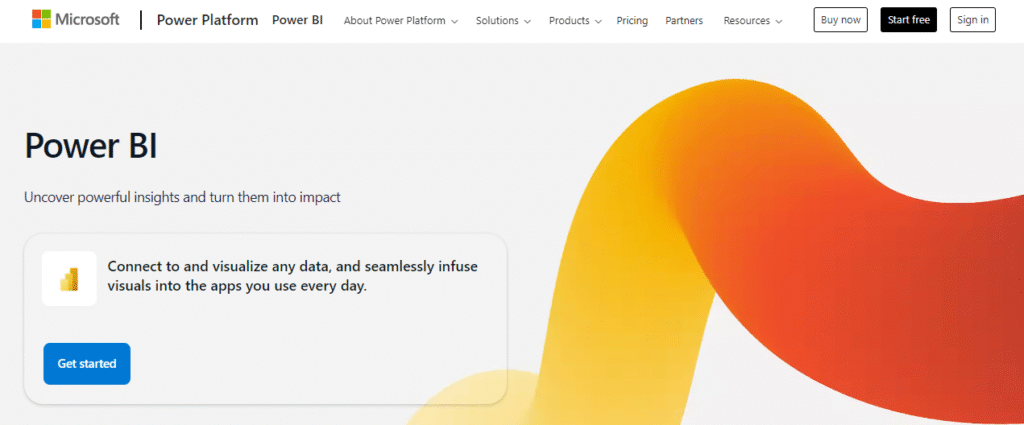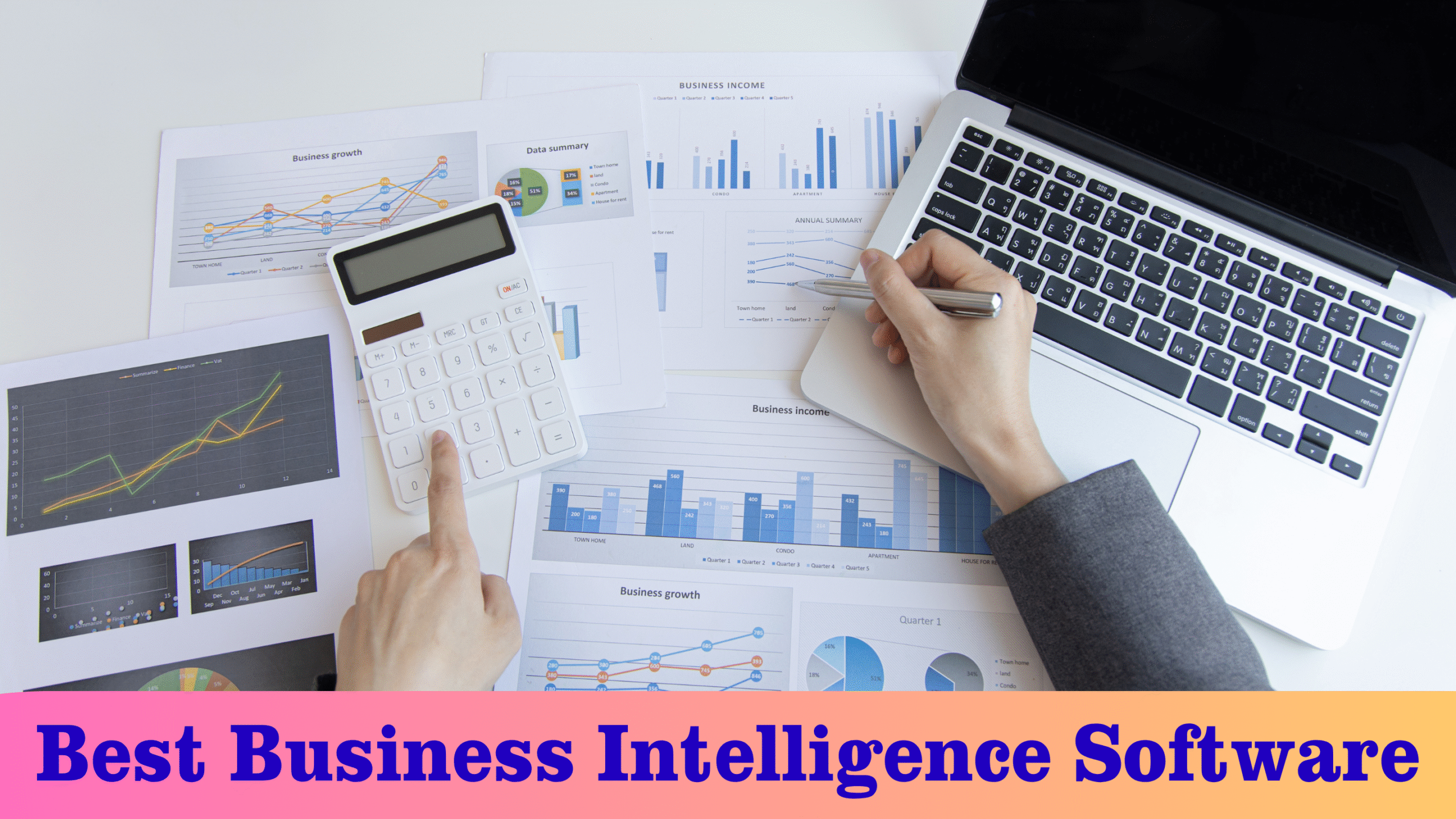Organizations increasingly use data intelligence tools to turn raw data into actionable insights in today’s data-driven world. These tools, encompassing online BI tools and the best business intelligence software, empower businesses to make informed decisions, optimize operations, and gain a competitive edge. This comprehensive guide delves into the top intelligence tools available, highlighting their features, benefits, and how they can revolutionize your business strategy.
What Are Data Intelligence Tools?
Data intelligence tools are software solutions designed to collect, process, and analyze vast amounts of data from various sources. They enable businesses to:
- Visualize data through interactive dashboards and reports.
- Determine trends and patterns to guide strategic choices.
- Predict future outcomes using advanced analytics and machine learning.
- Enhance collaboration by sharing insights across teams.
By leveraging these tools, organizations can transition from reactive decision-making to proactive strategies grounded in data-driven insights.
The Value of Business Intelligence in Contemporary Companies
Implementing business intelligence (BI) solutions offers numerous advantages:
- Improved Decision-Making: Access to real-time data allows for quicker and more accurate decisions.
- Operational Efficiency: Automating data collection and analysis reduces manual efforts and errors.
- Competitive Advantage: Identifying market trends and customer preferences helps businesses stay ahead.
- Cost Reduction: Optimizing processes based on data insights can lead to significant cost savings.
Top Business Intelligence Software and BI Tools Available Online
Let’s explore some of the leading online BI tools and business intelligence software that are transforming the way businesses operate.
1. Microsoft Power BI

Microsoft Power BI is a robust BI tool that integrates seamlessly with other Microsoft products. It offers:
- Interactive Dashboards: Create visually appealing reports with drag-and-drop functionality.
- Real-Time Data Access: Connect to various data sources for up-to-date insights.
- AI-Powered Analytics: Utilize machine learning to predict trends and outcomes.
2. Tableau

Strong data visualization capabilities are one of Tableau’s well-known features. Key features include:
- User-Friendly Interface: Make complicated data analysis easier with user-friendly tools.
- Extensive Data Connectivity: Integrate with numerous data sources, including cloud services.
- Collaborative Sharing: Team members can easily access dashboards and reports.
3. Qlik Sense
Qlik Sense offers a self-service BI platform with an associative data model, allowing users to explore data freely. Highlights include:
- Smart Search Functionality: Easily find data relationships and insights.
- Responsive Design: Access dashboards on various devices without compromising functionality.
- Advanced Analytics Integration: Incorporate predictive analytics and machine learning models.
4. SAS Viya
SAS Viya is a cloud-native analytics platform offering:
- Advanced Statistical Analysis: Perform complex data modeling and forecasting.
- Open-Source Compatibility: Integrate with languages like Python and R.
- Scalable Architecture: Handle large datasets efficiently across various environments.
5. Looker
Now part of Google Cloud, Looker provides a modern approach to BI with:
- Customizable Data Models: Define metrics and dimensions tailored to business needs.
- Real-Time Data Exploration: Analyze live data without the need for extracts.
- Seamless Integration: Connect with BigQuery and other Google services for enhanced analytics.
6. IBM Cognos Analytics
IBM Cognos Analytics offers a comprehensive suite for BI needs, featuring:
- AI-Driven Insights: Leverage AI to uncover hidden patterns in data.
- Automated Reporting: Schedule and distribute reports to stakeholders automatically.
- Data Governance: Ensure data quality and compliance across the organization.
7. KNIME
KNIME is an open-source platform that is very good at reporting and data analytics. Its features include:
- Modular Workflow Design: Build data pipelines using a visual interface.
- Extensive Extension Support: Enhance functionality with a variety of plugins.
- Community-Driven Development: Benefit from continuous improvements and community support.
Choosing the Right Business Intelligence Tool
Selecting the appropriate BI tool depends on various factors:
- Business Size and Needs: Larger enterprises may require more scalable solutions.
- Data Complexity: Consider the volume and variety of data sources.
- User Expertise: Evaluate the target users’ level of technical expertise.
- Budget Constraints: Balance features with cost-effectiveness.
Here’s a comparative overview:
| Tool | Best For | Key Features |
|---|---|---|
| Microsoft Power BI | Integration with the Microsoft Suite | Real-time analytics, AI capabilities |
| Tableau | Data Visualization | Interactive dashboards, extensive connectivity |
| Qlik Sense | Self-Service BI | Associative data model, responsive design |
| Looker | Custom Data Modeling | Real-time exploration, seamless integration |
| SAS Viya | Advanced Analytics | Statistical modeling, open-source compatibility |
| KNIME | Workflow Automation | Modular design, community extensions |
| IBM Cognos Analytics | Enterprise Reporting | AI insights, automated reporting |
Future Trends in Business Intelligence
The BI landscape is continually evolving. Emerging trends include:
- Natural Language Processing (NLP): Allowing users to query data using conversational language.
- Artificial Intelligence Integration: Enhancing predictive analytics and decision-making.
- Data Democratization: Enabling data analysis and interpretation by non-technical users.
- Mobile BI: obtaining insights while on the go by using mobile devices to access dashboards and reports.
Conclusion
Investing in the right data intelligence tools and business intelligence software is crucial for organizations aiming to thrive in a data-centric environment. Businesses can gain important insights, spur innovation, and keep a competitive edge by utilizing these online BI tools. As technology advances, staying informed about the latest BI trends and tools will ensure your organization remains agile and data-driven.
Kickstart your career with the BiStartX Internship Program! Gain hands-on experience, real-world projects, and mentorship from industry professionals in Data Analysis, Business Intelligence, Digital Marketing, and more. Whether you’re a beginner or building your portfolio, BiStartX is the perfect place to grow your skills and shine.



